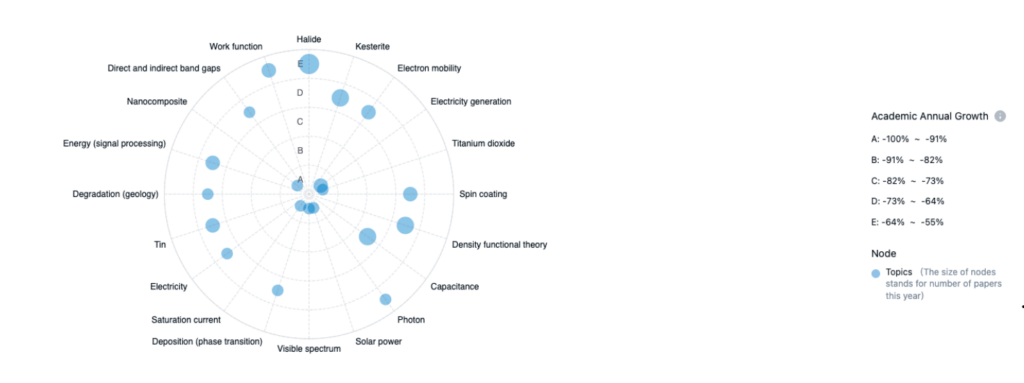10 Best Innovations for Energy Efficiency in Buildings
Energy efficiency in buildings is a crucial aspect of sustainability and conservation. Buildings consume a significant amount of energy, and reducing their energy consumption can help to lower greenhouse gas emissions and conserve energy resources.
In this article, we’ll explore 10 innovative technologies and strategies for energy efficiency in buildings that are changing the way we think about construction.
What is Energy Efficiency?
Energy efficiency refers to the utilization of energy in a way that maximizes output or desired results while minimizing energy waste and unnecessary consumption. It involves using less energy to accomplish the same tasks, reducing energy losses, and optimizing energy usage throughout various processes and systems.
Why is Energy Efficiency Important?
Energy efficiency is crucial for mitigating climate change and preserving the environment by reducing greenhouse gas emissions and minimizing the depletion of finite energy resources. It offers significant economic benefits, including cost savings, increased income, and job creation, while promoting energy independence and security.
Energy efficiency also improves public health by reducing air pollution and enhancing indoor comfort. Additionally, it aligns with sustainable development goals, fostering responsible consumption, supporting clean energy access, and creating sustainable communities for a better future.
10 innovative technologies for energy efficiency in buildings
1.) Passive House Design
Passive House Design is a building standard that emphasizes energy efficiency, airtightness, and thermal insulation. Buildings that meet this standard use up to 90% less energy for heating and cooling than traditional buildings. Passive House Design principles include excellent insulation, airtightness, triple-glazed windows, mechanical ventilation with heat recovery, and passive solar heating.
2.) Smart Thermostats
Smart thermostats are programmable thermostats that learn your preferences and adjust the temperature accordingly. They can save up to 10% on heating and cooling costs by automatically adjusting the temperature based on the occupancy of the building. Smart thermostats can also be controlled remotely via smartphones or other devices, providing greater flexibility and control over energy usage.
3.) Energy-Efficient Lighting
Energy-efficient lighting, such as LED lights, is the most energy-efficient lighting option available. LED lights use up to 75% less energy than traditional incandescent bulbs and last up to 25 times longer. LED lights are also more environmentally friendly because they contain no toxic chemicals and can be easily recycled.

4.) Building Automation Systems
Building Automation Systems (BAS) are computerized control systems that manage a building’s heating, cooling, lighting, and other systems. They can optimize energy use and reduce waste by adjusting the building’s systems based on occupancy, temperature, humidity, and other factors.
BAS can also be used to monitor and analyze energy consumption, identify areas for improvement, and implement energy-saving measures.

*The matrix thermal map illustrates the trend of the technical effect layout year-by-year. Darker color blocks indicate higher layout density. It’s worth noting that patent publication may be delayed, so the distribution for the last 2-3 years may appear low.
As the graph above illustrates, improved automation, improved efficiency, and cost reduction are the primary technological focal areas.
5.) Energy Recovery Ventilation
Energy Recovery Ventilation (ERV) is a system that recovers heat or coolness from exhaust air and transfers it to incoming fresh air. This can reduce heating and cooling costs by up to 40%. ERV systems are particularly effective in buildings with high ventilation rates, such as hospitals and schools, where fresh air is necessary for occupant health and comfort.
6.) Solar Power
Solar power is a renewable energy source that can provide electricity for a building. Installing solar panels on the roof can significantly reduce a building’s energy consumption and carbon footprint. In addition to reducing energy costs, solar power can also provide energy independence and resilience during power outages.

The technologies with the highest compound annual growth rate (CAGR) are likely the most promising. Additionally, the most popular research topics in this field this year are represented by larger node sizes, including halide, kesterite, capacitance, and density functional theory.
7.) Green Roofs
Green roofs are covered with vegetation, which can provide insulation, absorb rainwater, and reduce the urban heat island effect. They can also reduce energy use by up to 25% by providing natural insulation and reducing the need for air conditioning. Green roofs can also improve air quality, provide habitat for wildlife, and create green spaces in urban environments.
8.) Insulated Concrete Forms
Insulated Concrete Forms (ICFs) are foam blocks filled with concrete. They provide excellent insulation and can reduce heating and cooling costs by up to 50%. ICFs are also durable, fire-resistant, and can withstand severe weather events, making them ideal for areas with harsh climates.
9.) Heat Pumps
Heat pumps are an energy-efficient alternative to traditional heating and cooling systems. They can provide heating and cooling using up to 50% less energy than traditional systems. Heat pumps work by transferring heat from the air, ground, or water to provide heating or cooling.

Investments by venture capitalists in heat pumps saw a significant uptick in recent years, soaring from $405 million in 2018 to more than $1.50 billion in 2020. VC investments are still trending well above 2018 numbers, but have declined since their peak in 2020.
10.) Energy Monitoring Systems
Energy Monitoring Systems track a building’s energy use and identify areas where energy can be saved. They can also provide real-time data on energy consumption and costs, allowing building managers to make informed decisions about energy usage and identify areas for improvement. Energy Monitoring Systems can be used in conjunction with Building Automation Systems to optimize energy usage and reduce waste.
Closing Thoughts
Energy efficiency in buildings is a critical aspect of sustainability and conservation. The innovations in this article are all changing the way we think about construction. By implementing these technologies and strategies, we can reduce energy consumption, save money, and help build a more sustainable future.